If Trump wants a military parade, he should pay for it himself
Trump can afford it. America shouldn't have to.
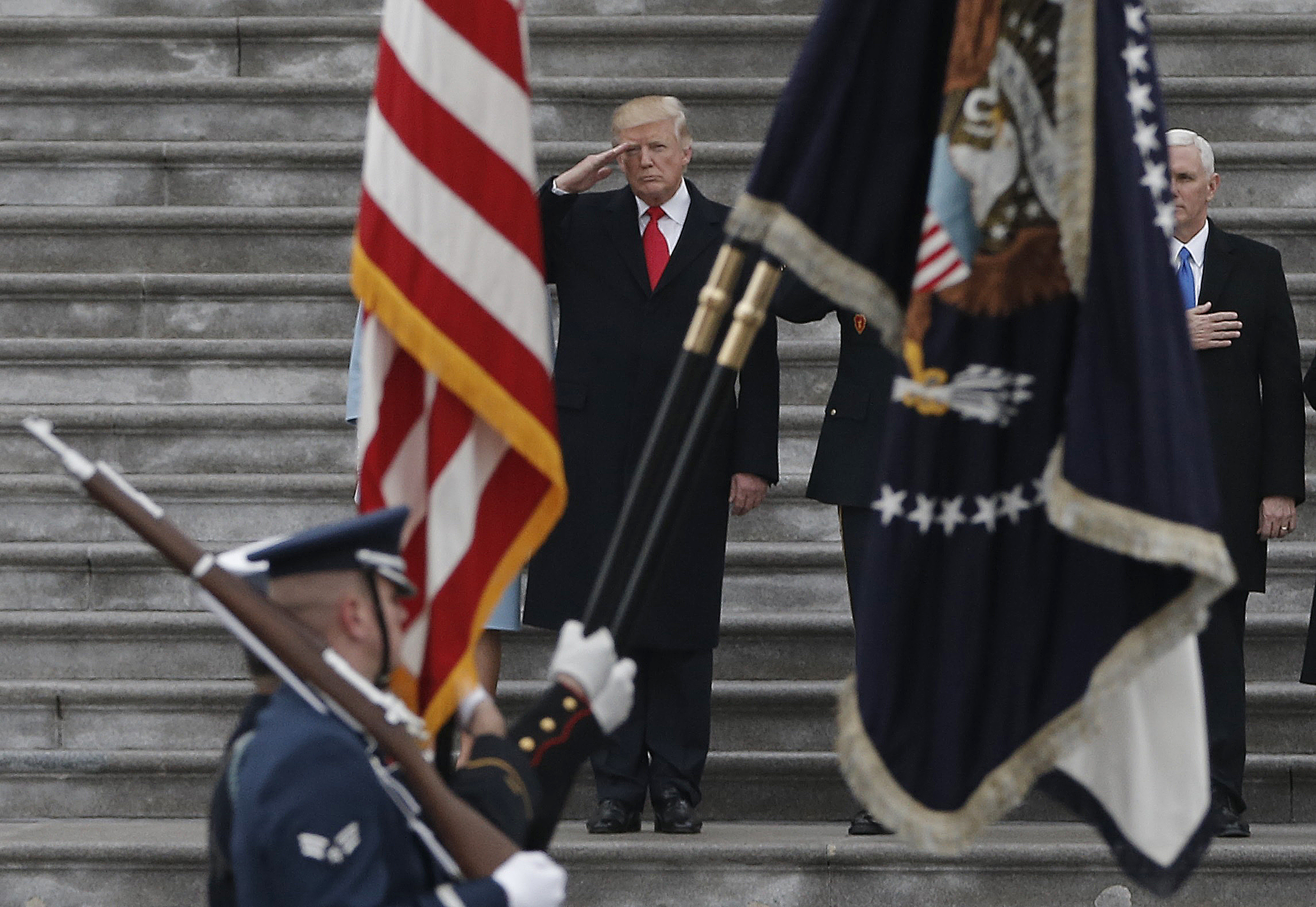

It is nice that President Trump likes France. Our Gallic friends and allies have made wonderful contributions to art, music, architecture, literature, and gastronomy. But like an American student who spent a semester in Paris and toured mostly the inside of wine bottles, Trump seems to have been impressed by the wrong thing during his visit last year: military parades. Not France's strong labor protections, generous family leave, or universal government-run health care, but French troops and tanks parading down Avenue des Champs-Elysees.
It's not fair to blame France for this — French President Emmanuel Macron also treated Trump to a romantic dinner in the Eiffel Tower, with the stated goal of saving the planet, and Trump has been musing about peacocking America's military might through Washington since before his inauguration. But France sealed the deal, and these visions of military grandeur took a turn from the comic to the tragic on Jan. 18 when, The Washington Post reported Tuesday, Trump ordered Defense Secretary James Mattis and Gen. Joseph Dunford Jr., chairman of the Joint Chiefs of Staff, to start planning his very own parade.
"The marching orders were: I want a parade like the one in France," a military official told the Post. "This is being worked at the highest levels of the military."
The Week
Escape your echo chamber. Get the facts behind the news, plus analysis from multiple perspectives.

Sign up for The Week's Free Newsletters
From our morning news briefing to a weekly Good News Newsletter, get the best of The Week delivered directly to your inbox.
From our morning news briefing to a weekly Good News Newsletter, get the best of The Week delivered directly to your inbox.
Pentagon spokesman Thomas Crosson confirmed the report, and White House Press Secretary Sarah Huckabee Sanders said that Trump "has asked the Department of Defense to explore a celebration at which all Americans can show their appreciation" for "America's great service members who risk their lives every day to keep our country safe."
But the parade wouldn't be for the troops — you don't typically show your appreciation for people by making them dress up and march for several miles in front of you for no obvious reason. The parade would be for Trump. As such, it seems only reasonable for Trump to foot the bill for the millions of dollars it would take to transport tanks and other shiny military objects to Washington, not to mention repairing Pennsylvania Avenue after the 70-ton tanks chew up the blacktop.
It's not that there's no precedent for military parades in the United States — the last one was in June 1991, when 8,800 U.S. troops, plus tanks and missiles, rolled past President George H.W. Bush down Constitution Avenue to celebrate the end of the brief Gulf War. It was the high mark of Bush's presidency, the celebration of a 43-day, temporary military victory over Iraq's Saddam Hussein. But even then, it was sharply divisive, viewed by many as an $8 million-plus splurge of propaganda.
Bush, a decorated World War II veteran, went on to lose his bid for a second term 17 months later. Trump never served in the military, and there's no big military victory to celebrate. This seems more like an ego boost looking for a raison d'être.
A free daily email with the biggest news stories of the day – and the best features from TheWeek.com
Even the military seems uncomfortable with the idea. While Trump favors a parade on July 4 or Memorial Day, "the Pentagon prefers Veterans Day on Nov. 11 — in part because it would coincide with the 100th anniversary of the victorious end of World War I and therefore be less associated with the president and politics," The Washington Post reports.
"I don't think there's a lack of love and respect for our armed forces in the United States," presidential historian Douglas Brinkley tells the Post. "What are they going to do, stand there while Donald Trump waves at them? It smacks of something you see in a totalitarian country — unless there's a genuine, earnest reason to be doing it." There is one: Trump wants it. So, he should pay for it. He has the resources, after all.
The United States government has the resources, too, but Republicans (and the military) have been arguing for months that the military is strapped. House Republicans passed a spending bill on Tuesday that would boost Pentagon spending by $30 billion through September while funding every other part of the government for just three weeks at current levels. As Sen. Brian Schatz (D-Hawaii) notes, there are better ways to show support for the troops:
Under unified GOP leadership, the U.S. is set to borrow nearly $1 trillion this year, thanks to, among other things, the $1.5 trillion tax cuts Republicans pushed through and the ramp up in military spending. The markets appear to be getting jittery. And you don't have to be a deficit hawk to not want to waste taxpayer dollars on a vaguely embarrassing show of ... something.
Generally, shows of troops and weaponry are more typical of authoritarian countries like North Korea, China, and Russia. During the height of the Cold War, the U.S. would occasionally display military hardware as "counterpoint to the parades in front of Lenin's tomb at Red Square," presidential historian Michael Beschloss notes. "One reason the Soviets had those parades was to distract the world from the fact that the Soviet military was actually much weaker than the Soviets were claiming."
"The United States doesn't need a parade down Pennsylvania or any other avenue to show our military strength," retired Rear Adm. John Kirby, a former State Department spokesman, wrote last summer in an article he tweeted out again Tuesday. "We do that every day in virtually every clime all over the world." Ret. Maj. Gen. Paul Eaton at VoteVets was more blunt Tuesday, calling Trump "a wannabe banana republic strongman" who wants to "use and abuse" the military as "stagecraft to prop up" his image, in "another worrisome example" of his "authoritarian tendencies."
That's a little harsh. Trump loves a good crowd and revels in cheering, and honestly, what president wouldn't enjoy watching the massive military might he controls pass by in splendor? The fact that no president in 27 years has done that shows that most U.S. commanders in chief have good impulse control and a sense of propriety.
Trump was born to money and is used to getting what he wants. If he wants to parade American military might through Washington, he can and should pony up.
Peter has worked as a news and culture writer and editor at The Week since the site's launch in 2008. He covers politics, world affairs, religion and cultural currents. His journalism career began as a copy editor at a financial newswire and has included editorial positions at The New York Times Magazine, Facts on File, and Oregon State University.
-
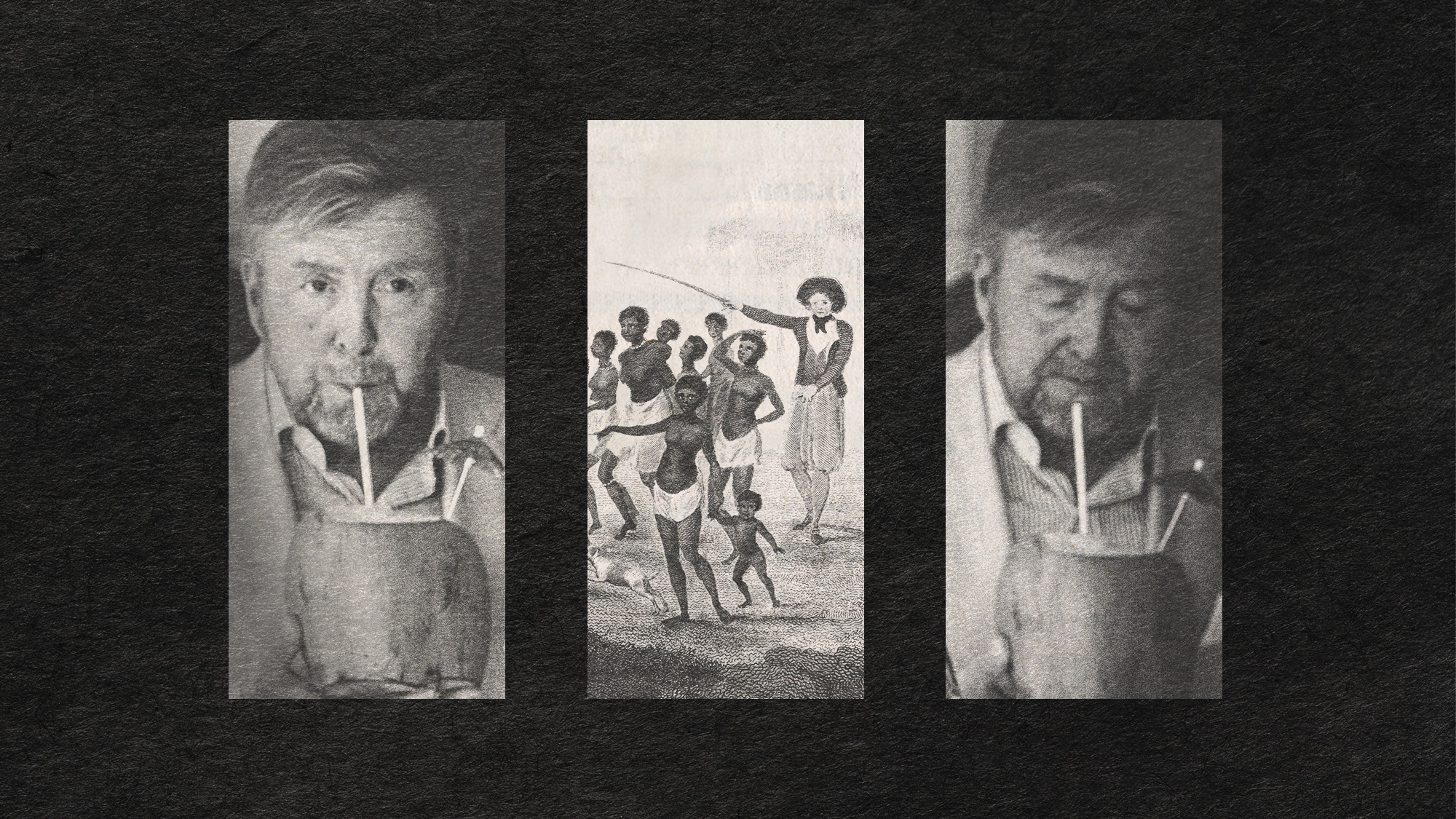 In Suriname, the spectre of Dutch slave trade lingers
In Suriname, the spectre of Dutch slave trade lingersUnder the Radar Dutch royal family visit, the first to the South American former colony in nearly 50 years, spotlights role of the Netherlands in transatlantic trade
-
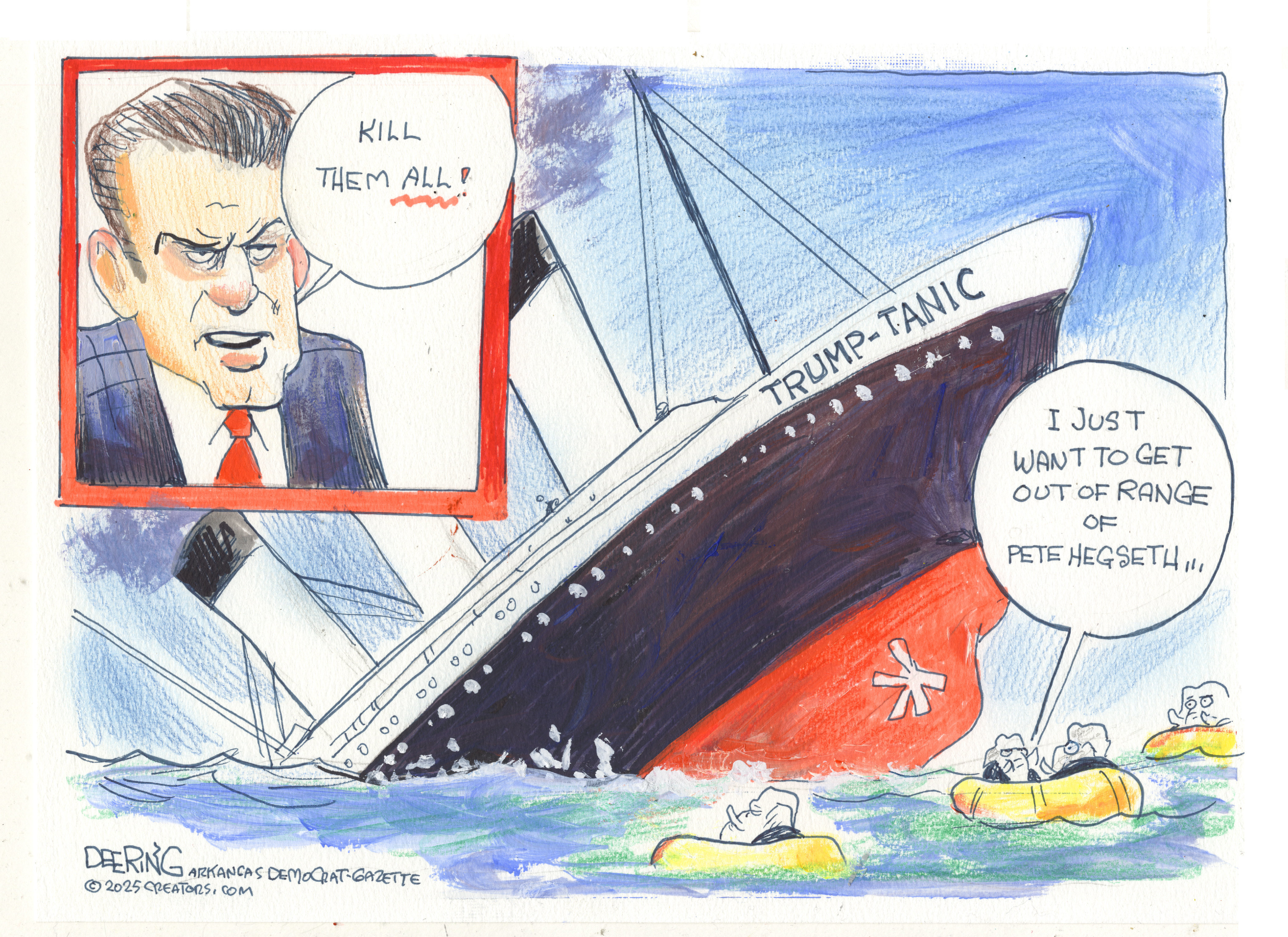 Political cartoons for December 7
Political cartoons for December 7Cartoons Sunday’s political cartoons include the Trump-tanic, AI Santa, and the search for a moderate Republican
-
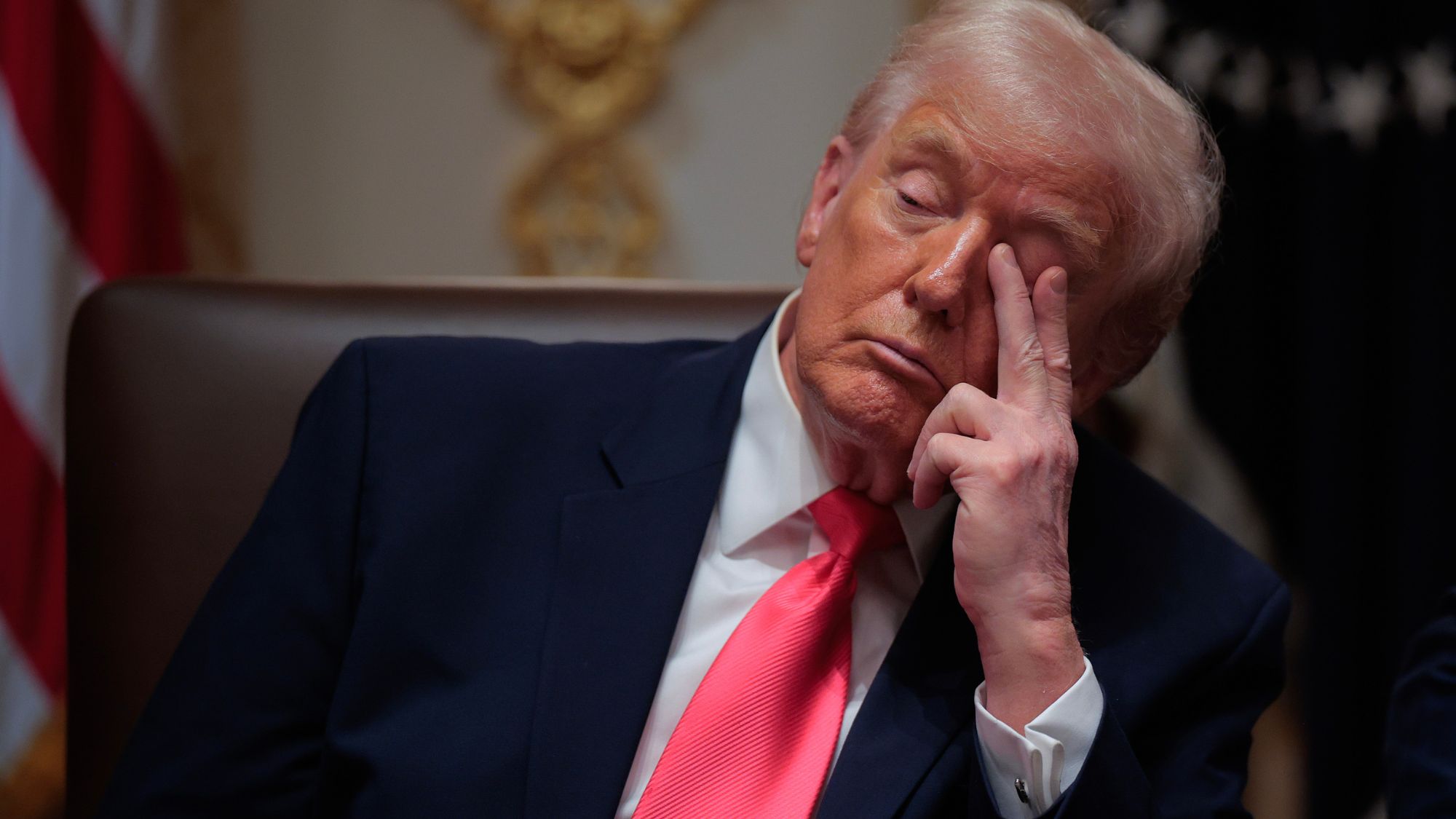 Trump’s poll collapse: can he stop the slide?
Trump’s poll collapse: can he stop the slide?Talking Point President who promised to ease cost-of-living has found that US economic woes can’t be solved ‘via executive fiat’
-
 Has Zohran Mamdani shown the Democrats how to win again?
Has Zohran Mamdani shown the Democrats how to win again?Today’s Big Question New York City mayoral election touted as victory for left-wing populists but moderate centrist wins elsewhere present more complex path for Democratic Party
-
 Millions turn out for anti-Trump ‘No Kings’ rallies
Millions turn out for anti-Trump ‘No Kings’ ralliesSpeed Read An estimated 7 million people participated, 2 million more than at the first ‘No Kings’ protest in June
-
 Ghislaine Maxwell: angling for a Trump pardon
Ghislaine Maxwell: angling for a Trump pardonTalking Point Convicted sex trafficker's testimony could shed new light on president's links to Jeffrey Epstein
-
 The last words and final moments of 40 presidents
The last words and final moments of 40 presidentsThe Explainer Some are eloquent quotes worthy of the holders of the highest office in the nation, and others... aren't
-
 The JFK files: the truth at last?
The JFK files: the truth at last?In The Spotlight More than 64,000 previously classified documents relating the 1963 assassination of John F. Kennedy have been released by the Trump administration
-
 'Seriously, not literally': how should the world take Donald Trump?
'Seriously, not literally': how should the world take Donald Trump?Today's big question White House rhetoric and reality look likely to become increasingly blurred
-
 Will Trump's 'madman' strategy pay off?
Will Trump's 'madman' strategy pay off?Today's Big Question Incoming US president likes to seem unpredictable but, this time round, world leaders could be wise to his playbook
-
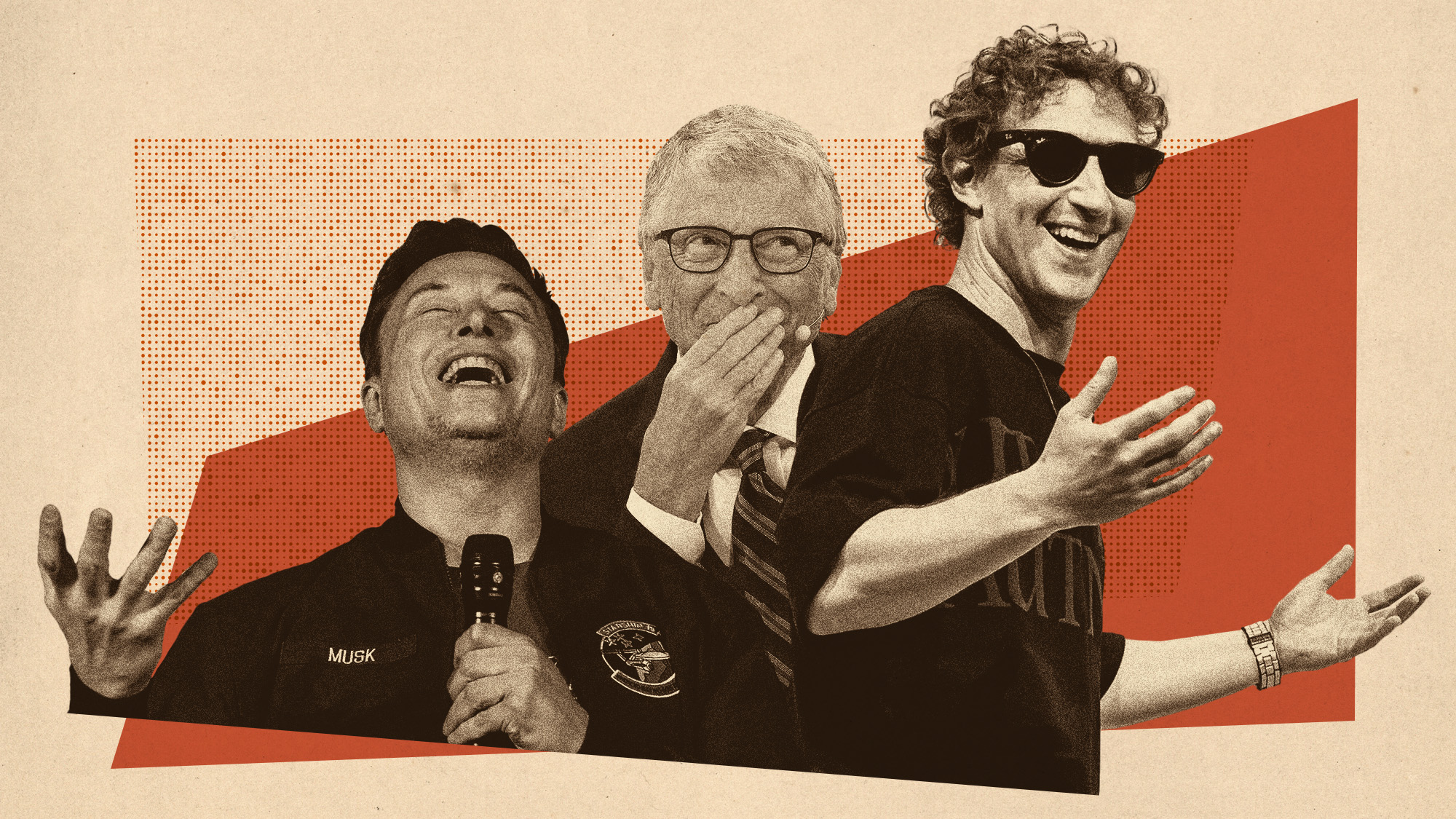 Democrats vs. Republicans: who are US billionaires backing?
Democrats vs. Republicans: who are US billionaires backing?The Explainer Younger tech titans join 'boys' club throwing money and support' behind President Trump, while older plutocrats quietly rebuke new administration
